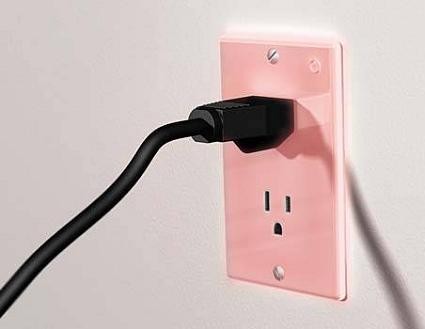FCC Finalizes Rules for Broadband From Wall Sockets
WASHINGTON: Broadband access from ordinary wall sockets may yet become a reality. The Federal Communications Commission today affirmed its rules for Broadband over Power Lines with minor modifications.
“These rules provide an appropriate balance between the dual objectives of providing for Access BPL technology that has potential applications for broadband and Smart Grid while protecting incumbent radio services against harmful interference.”
Those incumbent radio services primarily comprise ham radio operators. Hams started lobbing grenades at BPL when the commission first adopted rules for it in 2004, saying it interfered with their operations. Their national organization, the American Radio and Relay League, filed a lawsuit against the FCC in federal court, seeking full access to unredacted versions of staff technical studies upon which the rules were predicated. The FCC was ordered to cough up the studies, allow public comment on them, and explain its method for measuring radiated emissions from BPL systems.
In today’s Second Report and Order, the commission said the resulting cycle of comments did not “warrant any changes to the emissions standards or the extrapolation factor,” but they were making “several refinements” anyway.
The SR&O modifies the rules “to increase the required notch filtering capability for systems operating below 30 MHz from 20 to 25 dB; establish a new alternative procedure for determining site-specific extrapolation factors...; and adopts a definition for the ‘slant-range distance’ used in the BPL measurement guidelines to further clarify its application.” Slant-range refers to the diagonal distance of a measurement device to a BPL transmitter mounted at the top of a power pole.
BPL allows electrical utilities to deliver broadband service over medium voltage lines to homes and businesses through electrical wall sockets. It also allows them to monitor power usage in the form of Smart Grid applications. The commission also noted that BPL provides yet another way to get broadband to the masses, one of the key objectives of the Obama Administration, and more recently, the International Telecommunications Union. BPL is said to support data rates of more than 500 Mbps and first- and last-mile ranges of 1,500 meters.
The commission said that while it endeavored to minimize ham interference, it remains a possibility in some instances that can be handled individually.
“While some cases of harmful interference may be possible from Access BPL emissions at levels at or below the Part 15 limits, the potential benefits of Access BPL service warrant acceptance of a negligible risk of harmful interference that can be managed and corrected as needed on a case-by-case basis.” the 76-page SR&O states.
The Institute of Electrical and Electronics Engineers published its standard for BPL in February of this year. (See “IEEE Publishes Final Broadband-over-Power-Line Standard.”)
~ Deborah D. McAdams

Get the TV Tech Newsletter
The professional video industry's #1 source for news, trends and product and tech information. Sign up below.
